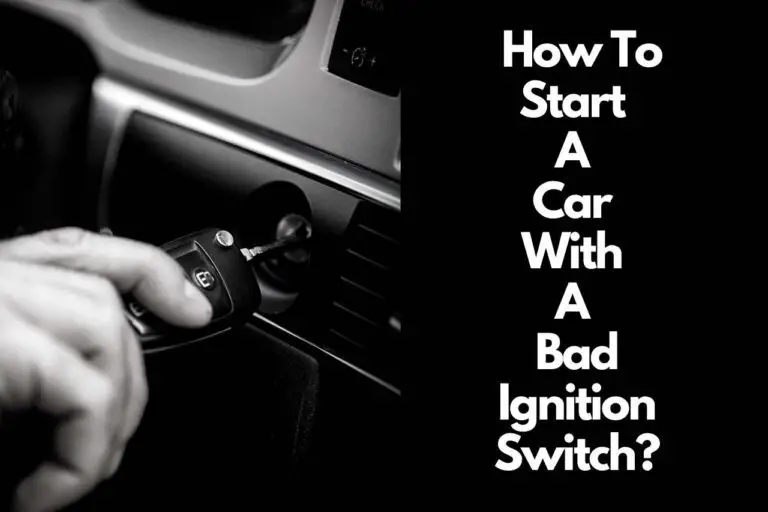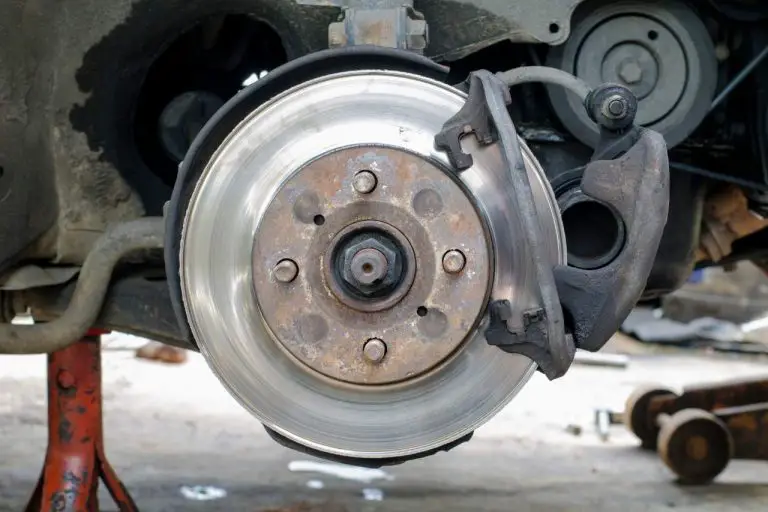How Long Can you Drive with a Bad U Joint? Understanding the Impact!
It is questionable how long you can drive with a bad U joint because it is the connector between the vehicle’s driveshaft and differential. Thus, you should not put yourself in trouble by driving with a faulty U joint. In this guide, we will be discussing the average duration you can drive with a bad U joint, along with some other important aspects of this case. So, make sure to stay till the end!
How Long Can you Drive with a Bad U Joint?
You can drive a few hundred miles with a bad U joint, but it is not recommended. Driving with a bad universal joint (U-joint) is highly risky and should be avoided if possible.
The duration for which you can continue driving with a failing U-joint is unpredictable and varies widely.
It could last for a few miles or a bit longer, but it’s important to understand that the risk of catastrophic failure increases with every mile driven.
In fact, a bad U-joint can fail suddenly, leading to a complete loss of power transmission from the engine to the wheels.
This can result in the driveshaft disconnecting, potentially causing further damage to your vehicle and posing a serious safety risk to you and others on the road. Therefore, the moment you suspect a U-joint issue, it’s crucial to address it immediately.
In some cases, a vehicle with a failing U-joint might make it to a nearby garage, especially if it’s only a short distance away.
However, the smartest and safest course of action is to avoid driving the vehicle and instead have it towed to a repair facility for immediate service. This not only ensures your safety but also helps prevent further damage to your vehicle.
How to Replace U Joint?
The best practice to deal with a faulty U joint is replacing it. So, let’s see how you can do it.
- First, park your vehicle on flat ground and engage the parking brake. Use jack stands to prop up the vehicle’s frame securely during your work.
- Next, identify the U joint needing replacement. Typically, you’ll find a grease fitting on one side of the U joint, which is where you’ll later attach a grease gun for lubrication after installation.
- Proceed to unscrew the U joint’s retaining bolts using a socket set. These bolts are generally arranged as two on each side of the joint.
- After bolt removal, the U joint should be detached from the driveshaft or axle. If it resists, gently tapping it with a hammer might be necessary to dislodge it.
- Now, align the replacement U joint with the opening in the driveshaft or axle, pushing it in firmly until it’s fully seated.
- Then, reinstall the bolts to secure the U joint, ensuring they’re tightened to the specifications recommended by the manufacturer.
- Make sure to lubricate the new joint by connecting your grease gun to the fitting and pumping grease until it appears on the opposite side.
- As the last step, lower your vehicle from the jack stands and conduct a test drive to confirm proper functioning. Any strange noises or looseness in the joint should prompt an immediate stop and professional inspection.
What Happens If you Keep Driving with a Bad U Joint?
If you keep driving with a bad U joint, it can be a threat to your safety. Go through the following consequences caused by a faulty U joint.
- Worsening Damage: As we’ve seen, neglecting a bad U-joint only worsens the problem. This leads to increased vibrations, wobbling, and extra stress on parts like axles and differentials.
- Risk of Major Breakdown: The driveshaft may snap, risking wheel lock-up and accidents. Moreover, there will be damage to nearby components, like the transmission.
- Safety Concerns: We strongly emphasize this point. The reason why, a deteriorating U joint can affect steering, compromising your control. In severe cases, the driveshaft might break through the vehicle’s floor, which is extremely dangerous.
- High Repair Costs: In our experience, early intervention is key. Ignoring early symptoms like squeaking or shaking can lead to much more expensive repairs later.
- The Inconvenience of a Breakdown: We suggest always being prepared for this possibility. If a U-joint fails, you might find yourself stranded, needing a tow and facing travel delays.
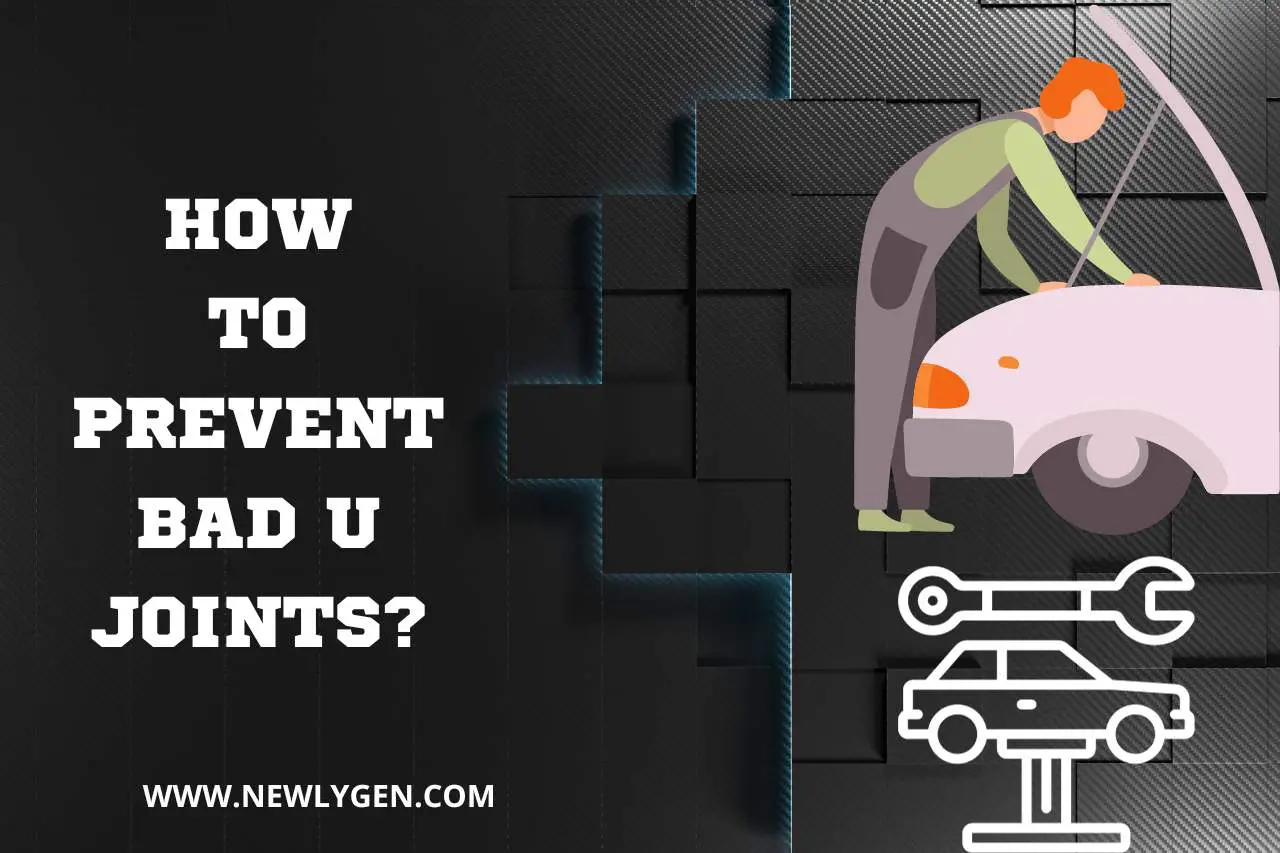


How to Prevent Bad U Joints?
Regular maintenance is key to prevent bad U joints. Here, we have explained all the preventative measures in detail so you will not encounter this issue in future.
- Consistent Maintenance: We recommend following your vehicle’s maintenance guide closely. Regular greasing of U-joints, using the right tools, is a must to ensure smooth operation.
- Routine Checks: Every time you change or rotate tires, make a habit of inspecting the U-joints. Look for any signs of wear, like cracks or leaks and unusual movements or rust around the seals.
- Mind the Load: Overloading your vehicle is a surefire way to stress the U-joints. Thus, we suggest adhering to your vehicle’s load capacity to prevent premature wear.
- Drive Smoothly: Aggressive driving habits can harm your U-joints. From what we’ve seen, gentle acceleration and braking contribute to the longevity of these components.
- Careful Off-Roading: Love off-road driving? But unfortunately, dirt and water can damage U-joints. Regular cleaning and protective measures can be a great help.
- Heed the Warning Signs: If you hear squeaks or feel vibrations, don’t ignore them. These are early indicators of U-joint issues. Addressing them early can save you from bigger problems.
You May Also Like
Does Axle Damage Total a Car? Find Out Here!
CV Axle Won’t Seat All the Way – (Expert Tips & Advice)
How to Grease Trailer Axle? Safety First!
How Much to Fix a Broken Axle? (Pricing & Considerations)
How Much does a Car Axle Weigh? Key Differences Unveiled!
How to Know If Car Axle is Bad? Making the Right Choice!
How Long does It Take to Replace a U Joint? Efficiency Matters!

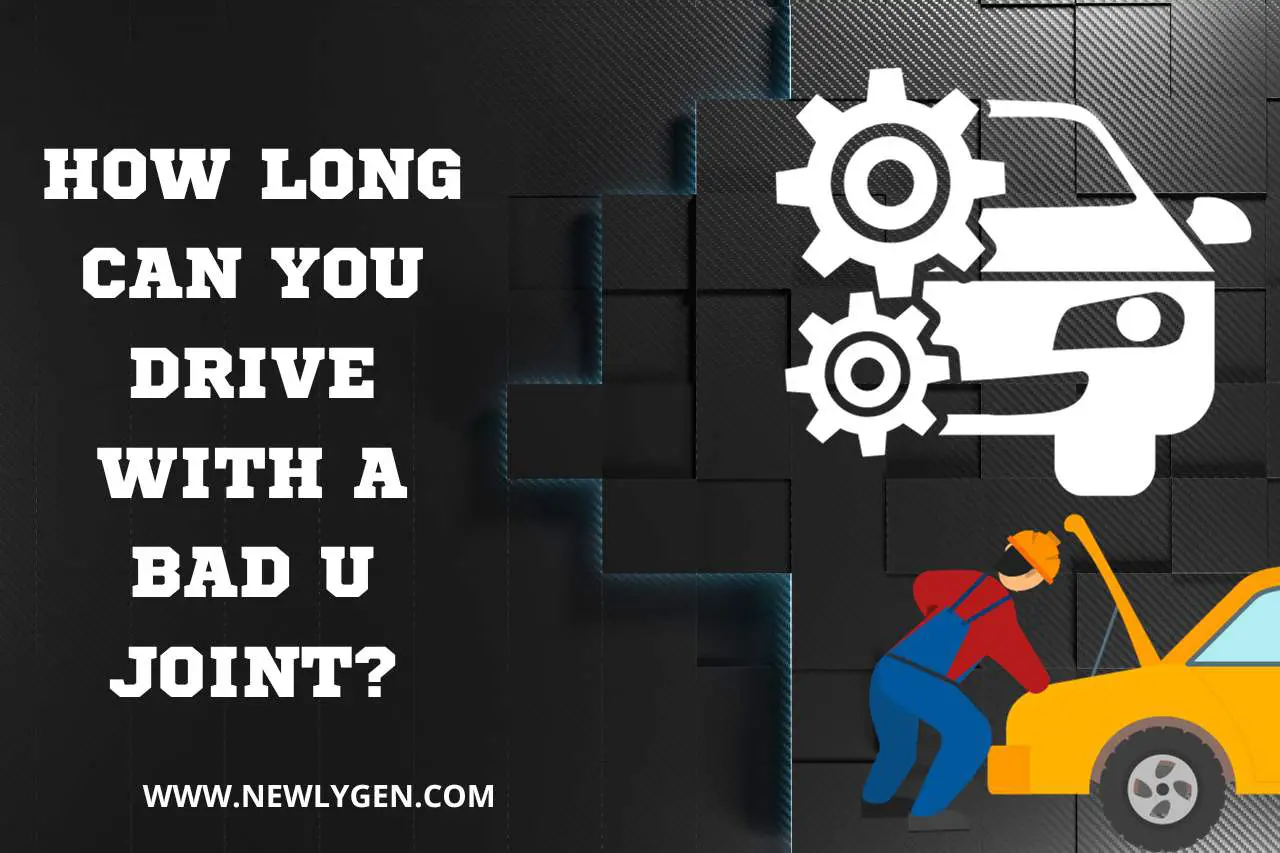
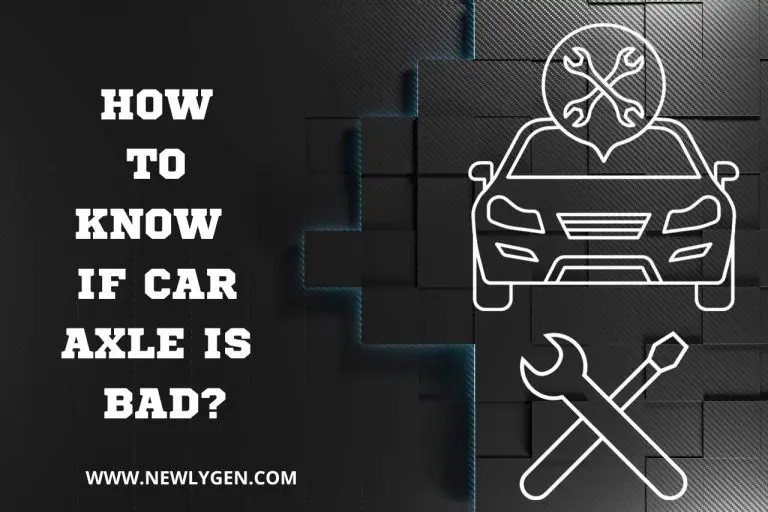
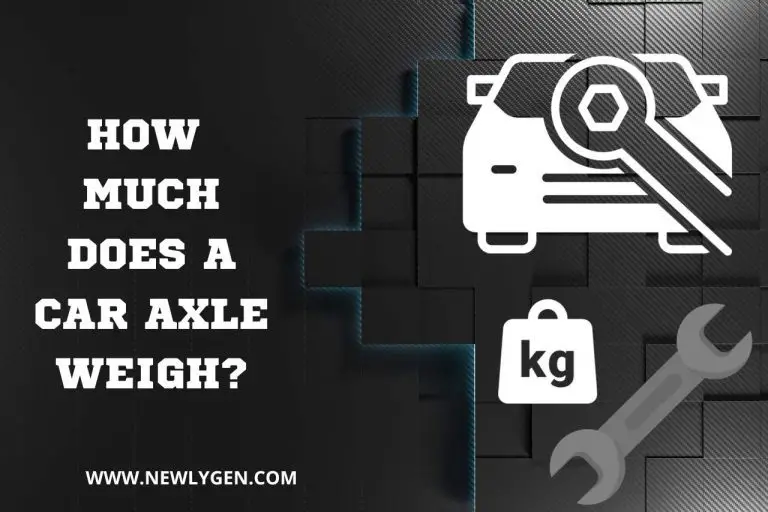
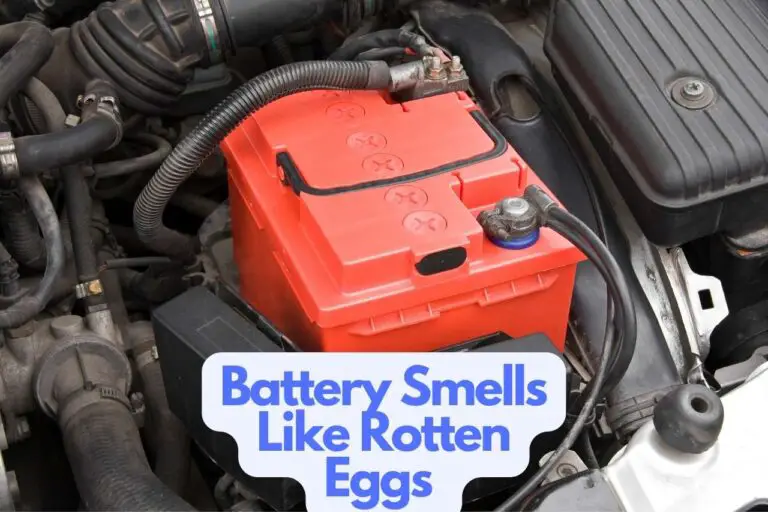
![How Much Does a V12 Engine Cost [Pros And Cons Of V12 Engine]](https://newlygen.com/wp-content/uploads/2022/06/yer-1-768x512.jpg)
